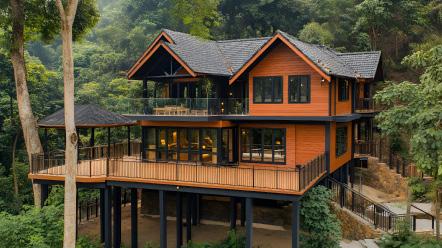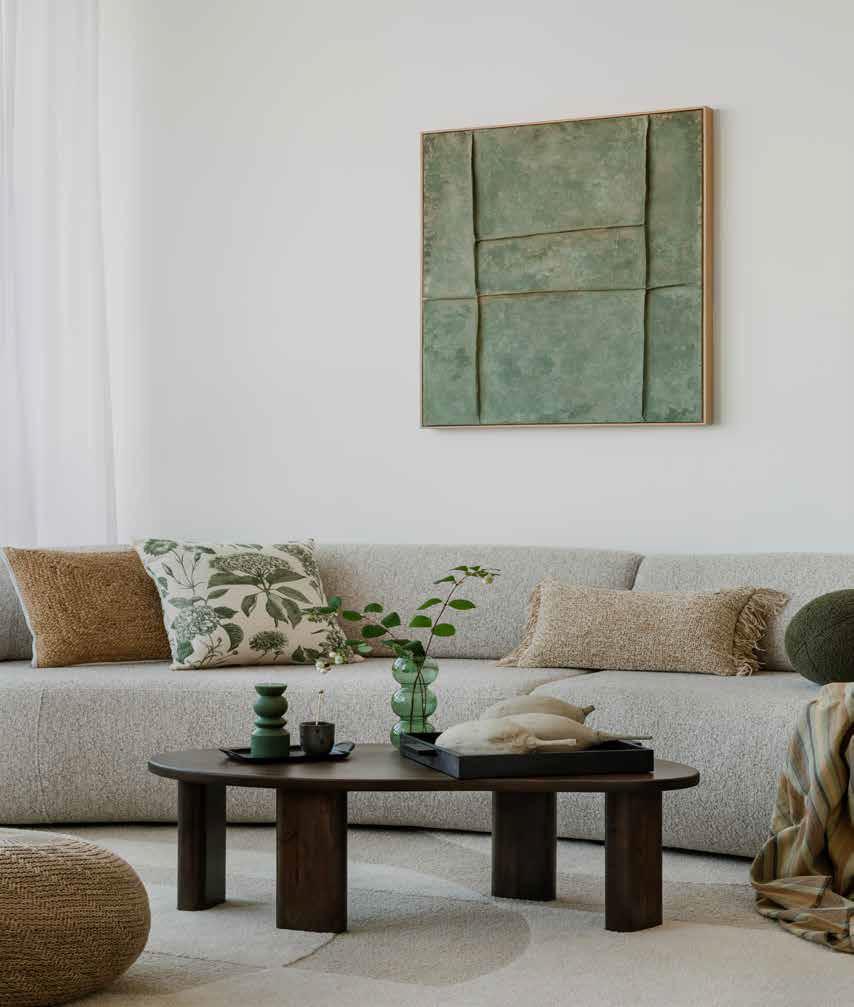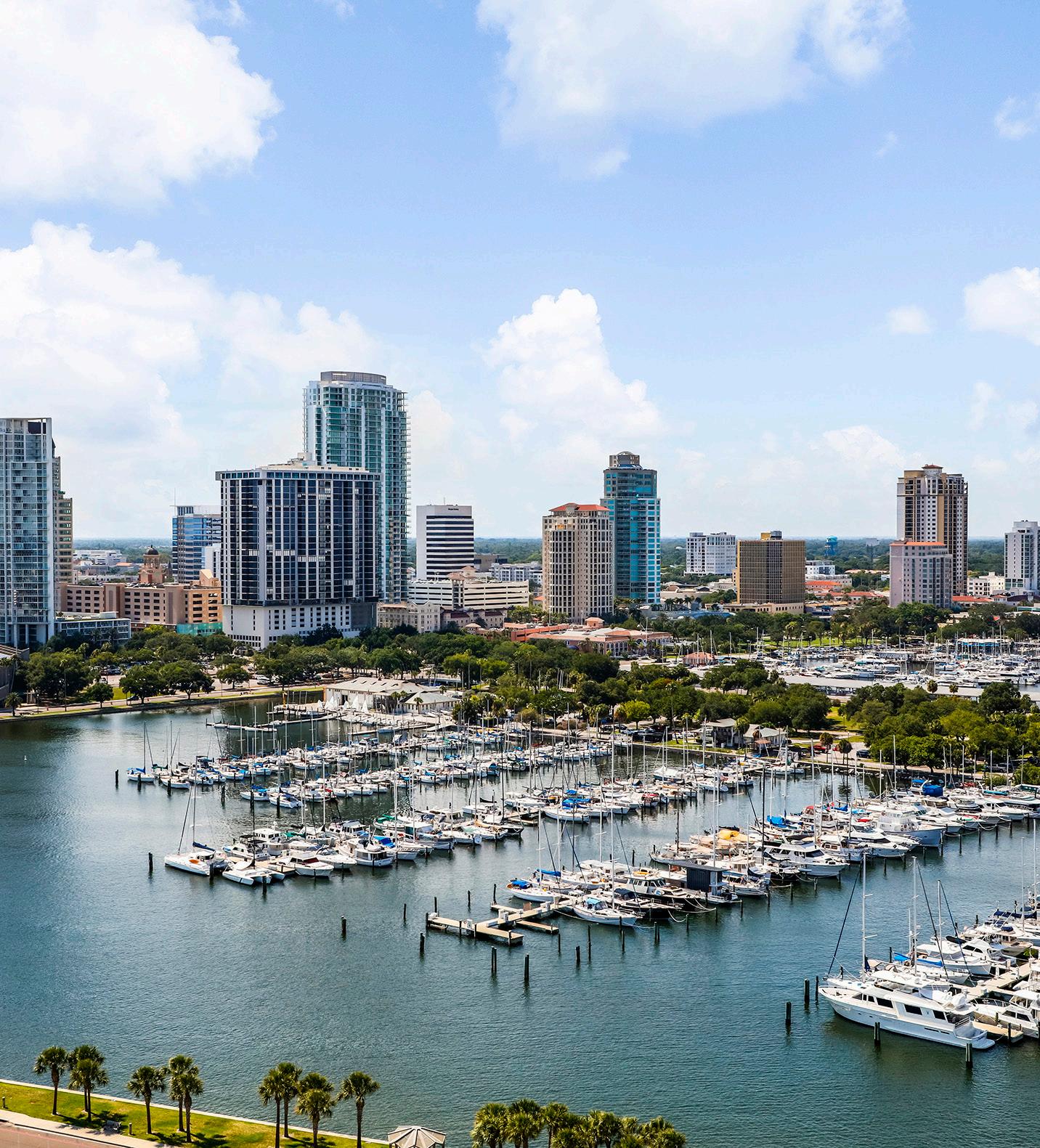


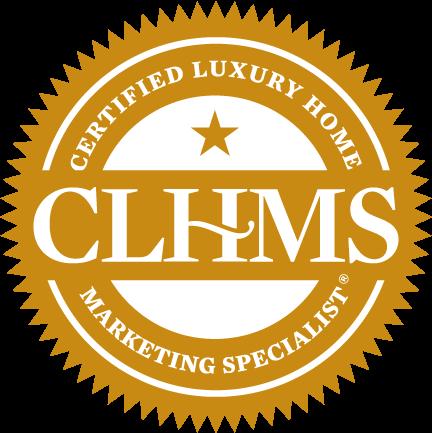

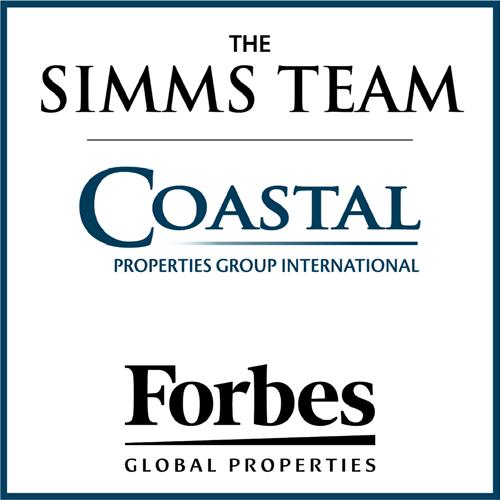

PAGE 4-7
PAGE 8
PAGE 9
PAGE 10
PAGE 11-14
PAGE 15
PAGE 16
PAGE 17-21
PAGE 22
NORTH AMERICAN LUXURY MARKET REVIEW
13-MONTH MARKET TRENDS
SINGLE-FAMILY HOMES MONTHLY OVERVIEW
ATTACHED HOMES MONTHLY OVERVIEW
MONTHLY STATISTICS BY CITY
LUXURY REPORT EXPLAINED
WELCOME MESSAGE
LOCAL LUXURY MARKET REVIEW
THANK YOU
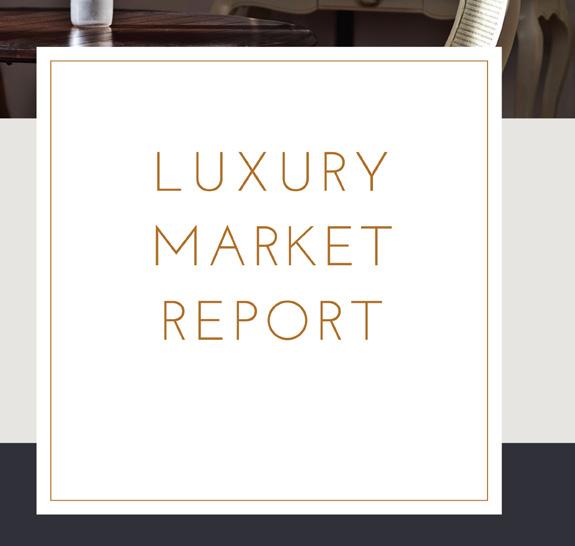
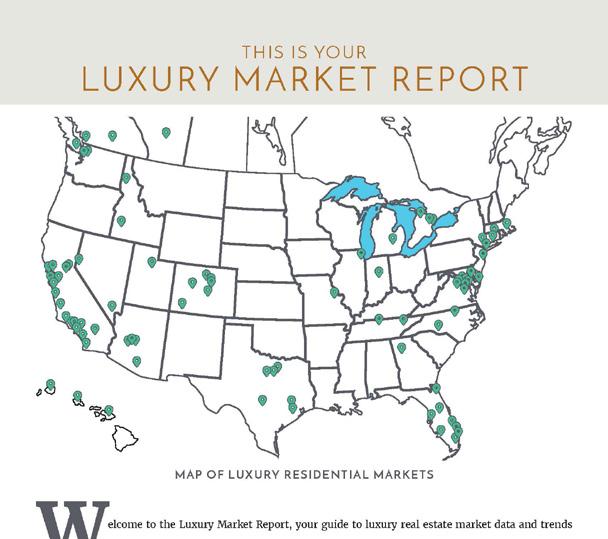

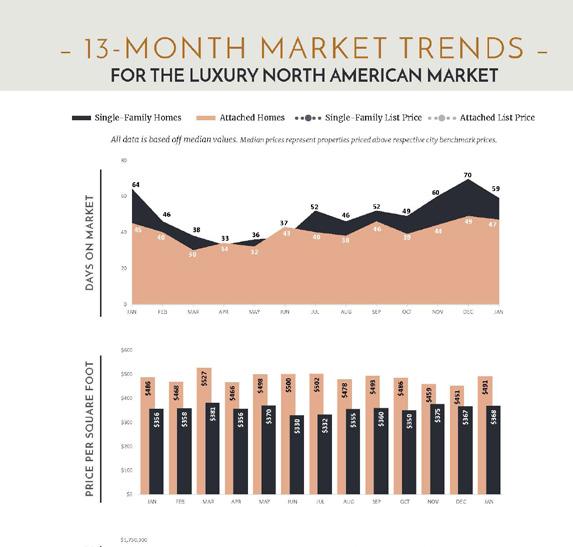
strong location appeal and resilient high-end activity.
This juxtaposition, strong price action and volume in select enclaves versus widespread caution elsewhere, highlights the fragmented state of luxury real estate in 2025. It’s not a market in decline, but one in flux, shaped less by inventory dynamics and more by shifting financial confidence among the world’s wealthiest buyers.
Equally we are seeing a contrast in the actions of those involved in the design of luxury real estate versus those who are building them. On one hand, renowned architects and designers are redefining high-end living with a focus on wellness, sustainability, and personalized design. On the other, builders and developers are grappling with rising costs, economic uncertainty, and shifting buyer behavior that’s forcing a reconsideration of new construction strategies.
CONTRASTING DESIGN TRENDS SHAPING LUXURY LIVING IN 2025
Luxury homes in 2025 are defined by striking contrasts - spaces where high design meets high function, and technology coexists with tranquility. No longer just displays of affluence, these homes are wellnesscentered retreats, designed to enhance physical, emotional, and environmental well-being.
Designers are merging spa-inspired features like infrared saunas, chromotherapy showers, meditation zones, and circadian lighting with smart technology that personalizes everything from lighting to climate and entertainment. AI-powered systems, voice controls, and biometric security are now standard, transforming homes into responsive ecosystems that prioritize both comfort and convenience.
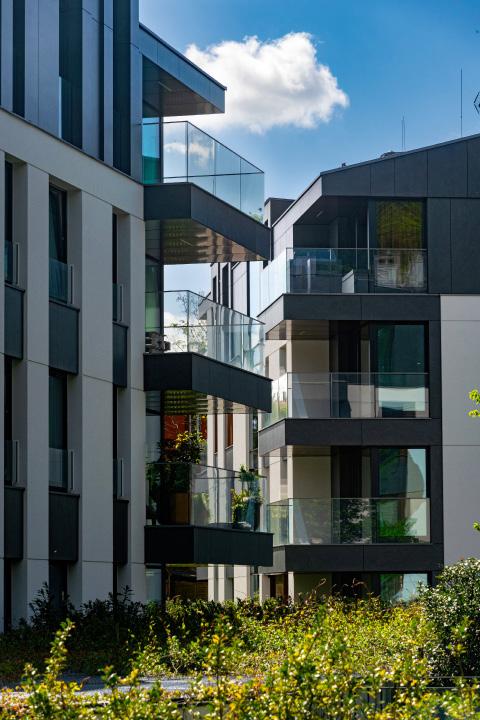
The boundary between indoor and outdoor living continues to dissolve. Expansive retractable glass walls, outdoor kitchens, fire pits, and Zen gardens create a fluid lifestyle - one that embraces fresh air and natural light while offering all the luxuries of interior space. This blending of openness and shelter reflects a growing desire for environments that support relaxation and social connection yearround.
Nature remains central to the aesthetic. Organic materials like stone, wood, and bamboo, along with greenery-filled spaces, living walls, and indoor water features, dominate the visual landscape. Yet alongside this earthy minimalism is a renewed appreciation for the unique and handcrafted. Custom furniture, artisan lighting, and one-of-akind art pieces are increasingly sought after, as homeowners push back against mass production in favor of deeply personal, expressive design.
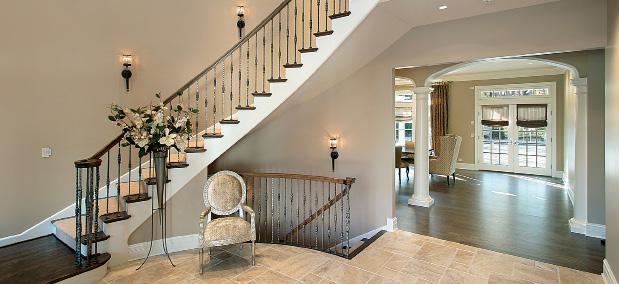
Sustainability has become inseparable from luxury. Eco-consciousness is no longer a niche concern but a core value and one that also signals status. Homes are being built or retrofitted with solar panels, reclaimed materials, water-saving systems, and energy-efficient infrastructure, showing that environmental responsibility is both ethical and aspirational.
Amid all this, flexibility has emerged as a defining characteristic of modern luxury living. Spaces are expected to evolve with shifting needs - a home office becomes a guest suite, a media room converts to a wellness studio. Modular furniture, adaptable layouts, and movable walls make multifunctionality both practical and stylish.
Ultimately, luxury in 2025 is about balance, between nature and innovation, wellness and performance, individuality and intelligence. It’s a design philosophy shaped not just by how a space looks, but how it lives.
HEADWINDS AND SHIFTS IN LUXURY HOME BUILDING
Despite the innovation on the design side, the economic backdrop for luxury homebuilding is challenging. Builders are contending with sharply rising costs, particularly due to tariffs on key imported materials like Canadian lumber and steel. According to Investopedia6, these tariffs alone have added an average of $10,900 to the price of a new home in the U.S.
At the same time, elevated mortgage rates, hovering above 6%, and broader economic uncertainty have reduced the pool of buyers able or willing to take on large-scale new builds. This decline in buyer confidence is reflected in builder sentiment as well. The National Association of Home Builders (NAHB) reports that its Housing Market Index fell to 42 in February 2025, the lowest it’s been in five months.7
Labor shortages further complicate the equation. Skilled trades like carpentry, electrical, and masonry remain in short supply, lengthening timelines and raising costs. Meanwhile, supply chain disruptions
6 https://www.investopedia.com/trump-s-first-100-day-actions-that-have-affected-your-wallet-11724171?utm_source=chatgpt.com
7 https://www.ncconstructionnews.com/builder-confidence-drops-to-seven-month-low-nahb-wells-fargo-housing-market-index-shows/
persist, making it more difficult to source materials and complete projects on schedule.
These pressures are prompting a strategic pivot within the industry. Rather than taking on the financial and operational risks of new construction, many builders and developers are shifting their focus to renovations. The NAHB forecasts strong growth in the remodeling sector in 2025, driven by aging housing stock, high homeowner equity, and a growing preference among consumers to upgrade existing homes rather than build new ones.
Remodeling projects offer a more controlled, lower-risk path in a volatile market. They also align well with current design trends, allowing homeowners to bring wellness features, smart technology, and sustainable materials into the homes they already love—without the cost or complexity of starting from scratch.
In the end, luxury residential real estate in 2025 is being reshaped by both aspiration and adaptation. While the desire for thoughtful, wellness-oriented living is stronger than ever, the realities of construction economics are pushing the industry toward renovation, reinvention, and resourcefulness. The result is a market where the most luxurious homes may not be the newest, but the most intelligently reimagined.
IN CONCLUSION
Working with a trusted luxury property specialist is key to gaining insight into what’s truly happening in your local market.
The art of buying and selling in this environment demands a critical and analytical approach. Setting realistic expectations and staying grounded in current realities will help ensure your goals are met with confidence and clarity.
